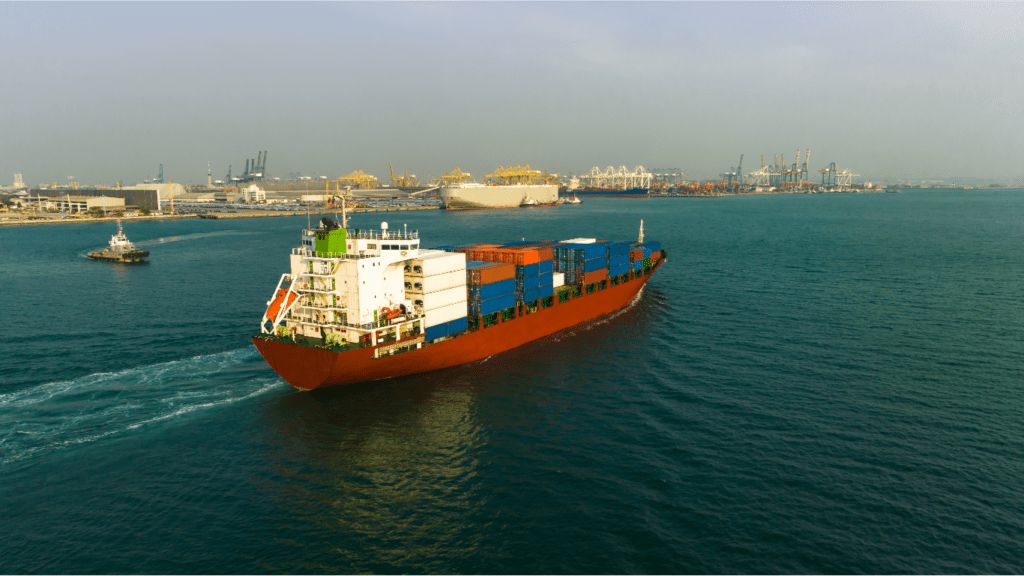Understanding Export Market Potential
Evaluating market potential involves analyzing various factors. First, I research economic indicators like GDP growth rates, consumer spending, and import data. These metrics help determine if a market has the buying power to support my products.
Next, I assess market size and demand. Online market research tools like Statista and Google Trends offer insights into market demand trends and consumer behavior. I look for markets where my products are already popular or where there is unmet demand that my offerings can fulfill.
I also consider competition levels. A highly competitive market might offer limited opportunities for new entrants. I analyze competitor strategies, market share, and product offerings to understand how my business can differentiate itself.
Regulatory environment and trade barriers are crucial. Each target market has unique regulations regarding imports, tariffs, and standards. I consult resources like the World Bank’s Doing Business reports and the U.S. Commercial Service to navigate these complexities.
Lastly, I examine cultural factors. Understanding cultural preferences, values, and business practices ensures my products and marketing strategies resonate with local consumers. Engaging with local experts or using resources like Hofstede’s cultural dimensions can provide valuable insights.
By thoroughly assessing these elements, I can identify markets with the highest potential for my business exports.
Researching Target Markets
Properly researching target markets is crucial in finding the right export strategy for any business. Market research helps align business goals with market realities.
Analyzing Market Demand
Understanding market demand is essential when researching potential export markets. I start by evaluating economic indicators. For instance, GDP growth rates and consumer spending provide insights into a market’s health. Online market research tools, such as Statista and MarketResearch.com, help gauge market size and demand for specific products. I review competitor analysis to identify gaps and differentiation opportunities. Sales data, customer surveys, and market trend reports further clarify demand.
Understanding Cultural Nuances
Recognizing cultural nuances is equally important. Products and marketing strategies must resonate with local consumers. I investigate social norms, values, and behaviors in target markets. Resources like Hofstede’s cultural dimensions or local business chambers provide valuable insights. Language, holidays, and local customs influence how products are perceived. Collaborating with local partners or hiring cultural consultants ensures this understanding translates into effective marketing.
Developing an Export Plan

Creating a detailed export plan is essential for aligning your business goals with market opportunities.
Identifying Objectives and Goals
Defining clear export objectives ensures that your efforts are focused and measurable. Align these objectives with your overall business strategy to guarantee cohesion. For example:
- Increase revenue: Set specific targets, such as boosting international sales by 20%.
- Expand market presence: Identify new markets, using criteria like population size and GDP growth.
- Diversify risk: Reduce dependency on your domestic market by targeting multiple international regions.
Evaluate the alignment of these objectives with your core capabilities and market research findings to enhance strategic direction.
Determining Budget and Resources
Allocating the right budget is crucial for executing your export plan effectively. Estimate costs for various activities to avoid financial pitfalls:
- Market research: Include costs for utilizing tools like Statista and MarketResearch.com.
- Marketing and promotion: Budget for localized advertising and collaboration with cultural consultants.
- Logistics and compliance: Consider shipping costs, tariffs, and necessary compliance with local regulations.
Assess your resources to ensure you have adequate personnel and technology to support these activities. Determine if external partnerships, such as with local distributors, can enhance efficiency and reduce costs.
Selecting the Right Market Entry Strategies
Selecting the right market entry strategy is vital for international success. Different strategies suit different business models and goals.
Direct Exporting
Direct exporting involves selling products directly to foreign markets. It offers greater control over branding and customer interactions. For example, online marketplaces like Amazon and Alibaba simplify direct exports. This method is suited for businesses with the resources to manage international sales and logistics.
Indirect Exporting
Indirect exporting is managed through intermediaries like export management companies (EMCs) or trading houses. It reduces risks and resource commitments. For instance, EMCs handle marketing and distribution, eliminating the need for establishing a foreign sales infrastructure. Indirect exporting is ideal for those new to international trade or with limited resources.
Partnerships and Joint Ventures
Partnerships and joint ventures involve collaborating with foreign entities to share resources and market knowledge. These alliances can accelerate market entry and reduce risks. For example, local partners understand regulatory environments and cultural preferences, ensuring alignment with local market needs. This strategy is beneficial when navigating complex markets with high entry barriers.
Managing Logistics and Compliance
Effective logistics and compliance management ensures smooth and successful export operations.
Handling Shipping and Documentation
Shipping and documentation are critical in global trade. Accurate documentation, like commercial invoices, packing lists, and certificates of origin, ensures customs clearance without delays. I’ve learned that partnering with reliable freight forwarders can ease the shipping process, as they handle various logistics aspects and paperwork. Electronic systems, like Electronic Data Interchange (EDI), automate and streamline documentation, reducing errors and saving time.
Understanding Trade Regulations
- Knowledge of trade regulations is essential to avoid legal issues and fines.
- Each country has specific import-export laws, including tariffs, quotas, and licensing requirements. I
- It beneficial to consult authoritative sources, such as the U.S. International Trade Administration (ITA) or the World Trade Organization (WTO), to stay updated on regulatory changes.
- Collaborating with trade compliance experts or using software solutions aids in navigating complex regulations and ensuring adherence to international standards.
Leveraging Technology in Exporting
In the digital age, technology has become indispensable in optimizing export strategies. From online marketplaces to specialized software, these tools streamline operations and improve market reach.
Utilizing Online Marketplaces
Online marketplaces like Amazon, Alibaba, and eBay provide platforms for reaching a global audience. These platforms offer tools for managing listings, tracking sales, and handling payments, making it easier for businesses to tap into international markets. On Amazon, for example, I can use Fulfillment by Amazon (FBA) to handle storage, packing, and shipping, reducing logistics hassles. Alibaba’s trade assurance program offers protection for payments and product quality, empowering businesses to build trust with international buyers. eBay provides global shipping programs that simplify sending products abroad, making it convenient for smaller businesses to start exporting.
Implementing Export Management Software
Export management software (EMS) centralizes export operations, enhancing efficiency and compliance. Tools like SAP Global Trade Services, ShipERP, and Descartes streamline processes including documentation, shipping, and regulatory adherence. SAP Global Trade Services integrates with existing enterprise resource planning (ERP) systems, automating trade compliance checks and reducing the risk of errors. ShipERP offers robust shipping management features, such as carrier selection and real-time tracking, ensuring timely deliveries. Descartes’ solutions focus on customs compliance, automating the creation of accurate export documents, thus expediting customs clearance. By adopting EMS, enterprises can manage complex export processes more efficiently, improving overall operational performance.


